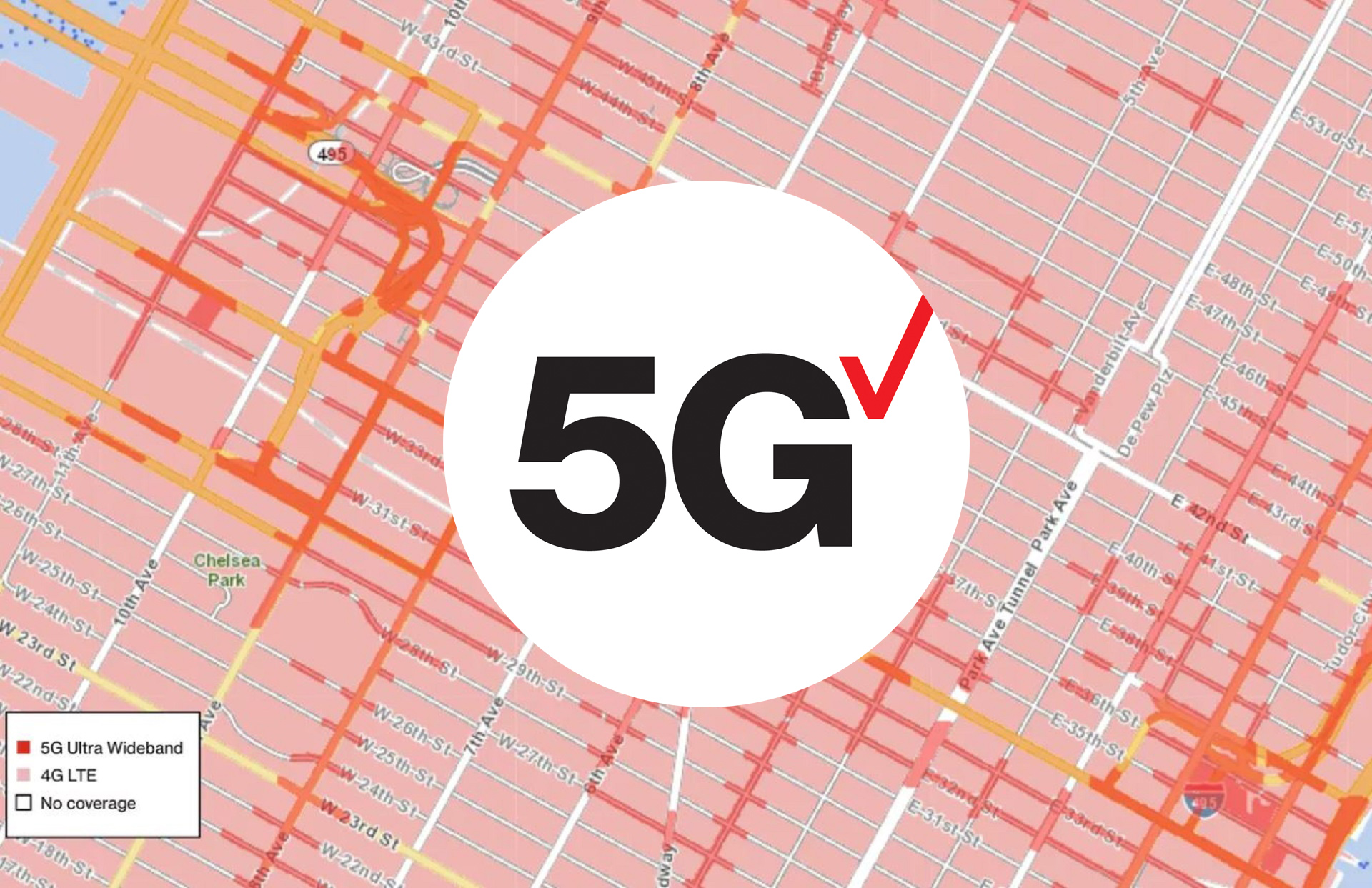What is the safest distance from a 5G cell Structure?

If you've ever wandered through a city, you may have seen tiny mini 5G cell towers placed on poles for street lighting. They appear like tiny boxes however they're actually sending wireless signals from cellular providers to your phone.
These smaller towers are replacing larger built cell towers. While they're not as noticeable however, they could create problems for those who live nearby.

It is the of the FCC's Radiation Exposure Thresholds
The FCC's Radiation Exposure Thresholds define the safe distance that one can expose to electromagnetic energy from wireless devices. The limits of exposure are based on scientific data that show that RF energy could be harmful to human health.
The rate of absorption called the specific absorption rate (SAR) is an indicator of the radiofrequency energy absorbed by tissue. It's usually 1.6 Watts per kilogram spread over a gram of tissue.
However, because 5g transmits at higher frequencies and has the potential to create more energy on the skin and other directly-exposed body parts. This can lead to various potential harms, including exacerbated the development of skin conditions like dermatitis, skin cancer and cataracts.
Due to the potential for severe effects of 5g radiation, PSU has chosen to create a general power density limit of 4 mW/cm2 measured across 1 centimeter, but not to exceed 30 minutes, for all 5G services at 3000 GHz. This localized limit is consistent with the peak SAR spatial-average of 1.6 W/kg, averaged over one grams of tissues at six GHz.
The FCC's Maximum Exposure Thresholds
In the event that you've used cell phone, you probably know that the safest distance from the tower is around 400 meters. This is due to the power of transmission from cell towers increases drastically the further the tower is.
Although this may sound like a good idea but the truth is that people who live close to towers might be more susceptible to health issues. For example, a study from 2014 in India found that residents who lived within 50m of cell towers had much more health problems than those who lived farther distance from them.
This study showed that residents who moved into areas farther away from cell towers noticed their symptoms return to normal within a few days. Other studies have revealed that exposure to high amounts of electromagnetic field radiofrequency (EMFs) could cause brain tumors, cancer as well as other health issues.
This is due to the fact that radiofrequency radiation, used in wireless communication can penetrate the human body's exterior layer, which is the skin. This is important to understand since the skin functions as a barrier to protect against mechanical injury, infection from pathogenic microorganisms, as well as the entry of harmful substances. It is also the most important organ in the human body and is responsible for protecting other organs.

The FCC's Minimum Exposure Thresholds
The FCC's Minimum Exposure Thresholds are based on various assumptions that aren't supported by scientific research. They include the incorrect belief that short-term exposures RF radiations are not harmful due to minimal absorption into body (i.e. the heating of tissues).
This assumption does not take into account the greater penetration of ELF components of modulated RF signals and the consequences of brief bursts of heat from pulsed RF waves. These theories are not compatible with current understanding of the biological consequences of RF radiation. As such they shouldn't be considered for health protection exposure guidelines.
Furthermore, the ICNIRP and FCC restrict their maximum exposure limits to local peak SARs based on the peak spatial specific absorption rate (psSAR) which is not a reliable dosimetric instrument to assess the amount of exposure to RF radiation. In particular it is inconclusive for frequencies that exceed 6 GHz. Additionally, psSAR hasn't been tested for Get more information exposed to other agents of the environment such like sunlight. Interactions of RF radiation with other environmental agents could cause synergistic or antagonistic effects. This could result in the risk of having adverse health consequences. For instance, exposure to RF radiation and sunlight could increase the risk of skin cancer, as well as aggravate other skin conditions like acne.
